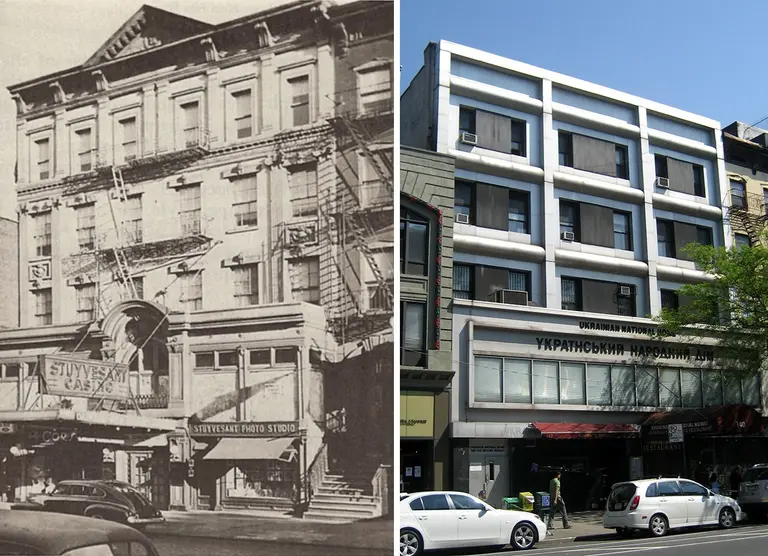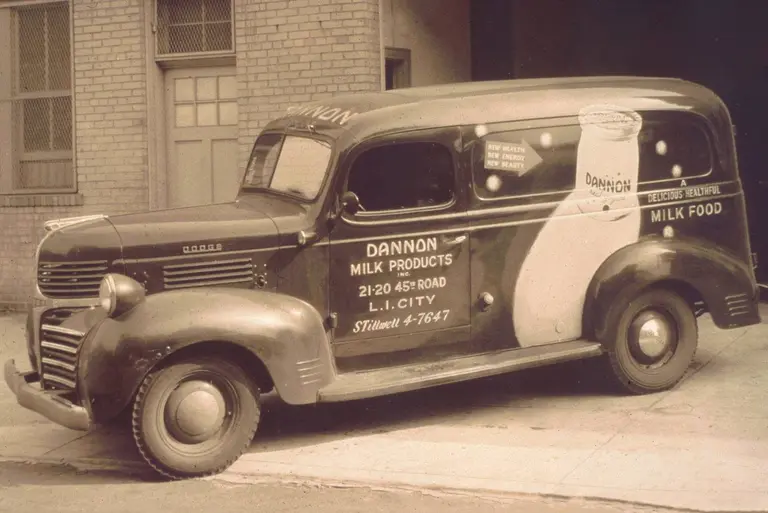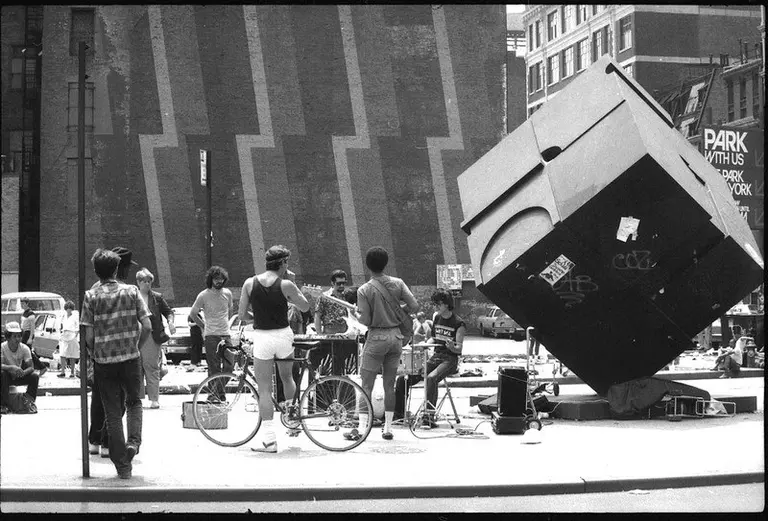Interactive map shows how NYC’s waterways have evolved over the years
Check it out

The Rockettes in 1925, courtesy of The Rockettes

The Ninth Avenue El near 14th Street c. 1914. Via Bain Collection, Library of Congress.

Baseball on Ice (1884) via Fine Art America

Jimi Hendrix, via Wiki Commons

Dave’s Restaurant, New York, 1984. © Wayne Sorce courtesy of the Joseph Bellows Gallery

The Stuyvesant Casino in 1945, via the Swedish Buck Johnson Society (L); The Ukrainian National Home Today, via Wally Gobetz/Flickr (R)

Photo courtesy of Dannon

Frank Lloyd Wright/TAA drawing of Key Project for Ellis Island. Credit: The Frank Lloyd Wright Foundation Archives (The Museum of Modern Art | Avery Architectural & Fine Arts Library, Columbia University, New York)

Photo via Wikimedia Commons

1980s photo of the Alamo surrounded by mural, vendors, & musicians. © Greenwich Village Society for Historic Preservation Image Archive.

Franklin Delano Roosevelt Memorial featuring Fala, via Wikimedia

Crane with wrecking ball mounted on the trestle. Photo by Peter H. Fritsch (1962). Photo courtesy of the Greenwich Village Society for Historic Preservation/Fritsch Family Collection.

Photo via Library of Congress